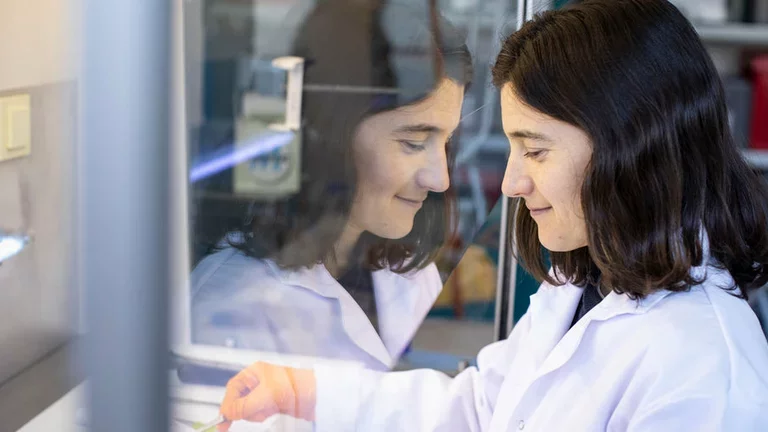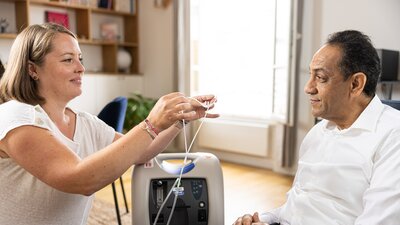Gaëlle Uzu is a research officer at the IRD assigned to the Institut des Géosciences de l’Environnement (Institute for Geosciences and the Environment) in Grenoble. She and her team, with support from the Air Liquide Foundation, are developing new indicators for exposure to air pollution. We met with her to learn more.
We hear a lot about pollution in urban areas, which is the focus of your current research. Can you tell us more about your work?
Gaëlle Uzu: Atmospheric pollution by particles, responsible for the majority of chronic diseases according to epidemiological studies, is a major public health concern. Yet, regulations currently in force in Europe based on the mass concentration of particulate matter (PM) particle mass do not thoroughly describe the short-term health impact. Indeed, if mass concentration is a good indicator of long-term exposure, it cannot predict for example, if tomorrow, emergency rooms will treat 90 or 130 people for asthma or cardio-respiratory diseases during periods of peak pollution.
So my research, as part of the Predict’Air program, consists in developing new health indicators to measure exposure to air pollution. In particular, we work on the Oxidative Potential (OP) of atmospheric particles: rather than projecting the quantity of particles in the air, we want to predict the capacity of aerosols to be oxidative and, therefore, to cause damage to the body. Making this information public will allow people to adapt their behaviors. The immediate appeal is to avoid healthcare costs for the entire population.
How do you make the connection between air quality and human health?
The principle of the biochemical tests ‒ or indicators ‒ that we are developing, is to bring atmospheric particles in contact with the lung environment when we breathe them in. In concrete terms, we gather the particles that are found in the air and place them in an artificial pulmonary milieu. Then we observe the speed with which the particles consume the pulmonary antioxidants we put in the pulmonary milieu. The faster a particle consumes these antioxidants, the more oxidizing it is and the more likely it is to cause oxidative stress in the lung, a key mechanism at the root of many cardio-respiratory disorders.
To develop these indicators, atmospheric chemistry researchers looked at the problem from the other end, starting with the observed health effects. We know that oxidative stress is the cause of cardio-respiratory diseases such as asthma and bronchitis. Working from that fact, we look at the intrinsic ability of particles to oxidize the pulmonary milieu.
What does it mean to your research to have the support of the Air Liquide Foundation?
Air Liquide's support brings additional resources to a risky topic. We have frequent discussions with the Air Liquide project sponsors and we all share the same desire to serve the common good. Having these interactions with experts from the business world and civil society enriches our thinking.
If your project comes to fruition, in what ways could this new data help us change behaviors and reduce the health consequences of pollution?
I think about it in terms of avoided healthcare costs: if we have a simple way to inform people, then each individual is free to adapt their behavior. Today, some States in the European Union are penalized because they exceed the particle mass concentration limits. The same type of calculation could be made when the Oxidative Potential limit is surpassed.
Moreover, statistics and mathematical modeling could be used to trace back to the sources of the Oxidative Potential. For example, we can say that, for a city like Grenoble, the sources which determine local Oxidative Potential are residential heating and traffic. We can easily extend this to all of France and the data gives a different view of the sources of particulate emissions.
What kind of air will we breathing in our cities in the future?
That all depends on the city. Some cities have taken huge local initiatives to improve air quality. For others, the priority is growth and air quality is a second-tier issue. That is particularly the case with all the developing countries. The biggest challenges lie in those countries (90% of premature deaths occur in developing countries). In any case, my personal feeling is that the city is the right level to take action as residents feel implicated in the things that affect them locally. I also want to reiterate that raising public awareness is the best leverage for changing public policy.
Air pollution is the fourth-leading cause of premature death around the world




